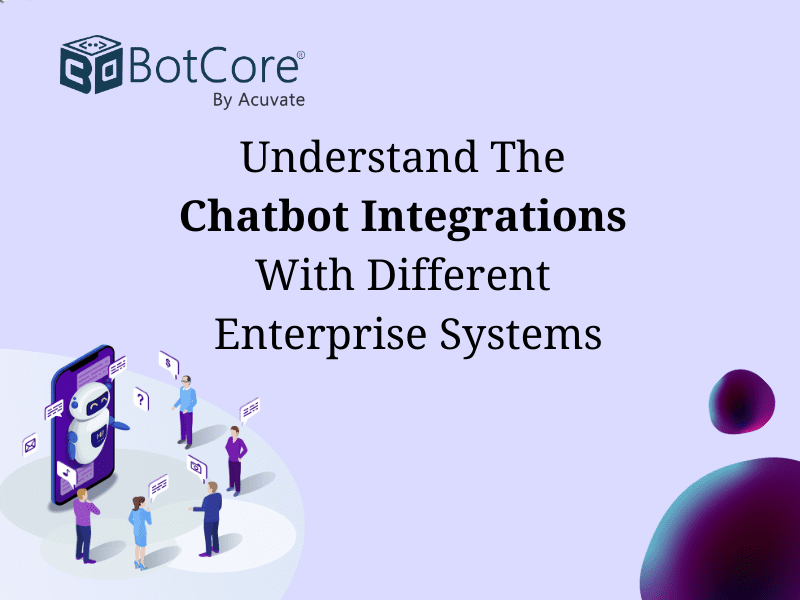You’re about to discover the fascinating world of AI chatbot builders and how they deal with the challenges of real-time data integration and updates. In this article, we’ll explore the innovative techniques and strategies that these builders employ to ensure that their chatbots stay up-to-date with the latest information. From seamless integration with external databases to intelligent algorithms that constantly analyze and incorporate new data, you’ll gain insight into the inner workings of AI chatbot technology. So, buckle up and get ready to unravel the mysteries behind real-time data integration in the world of AI chatbots.
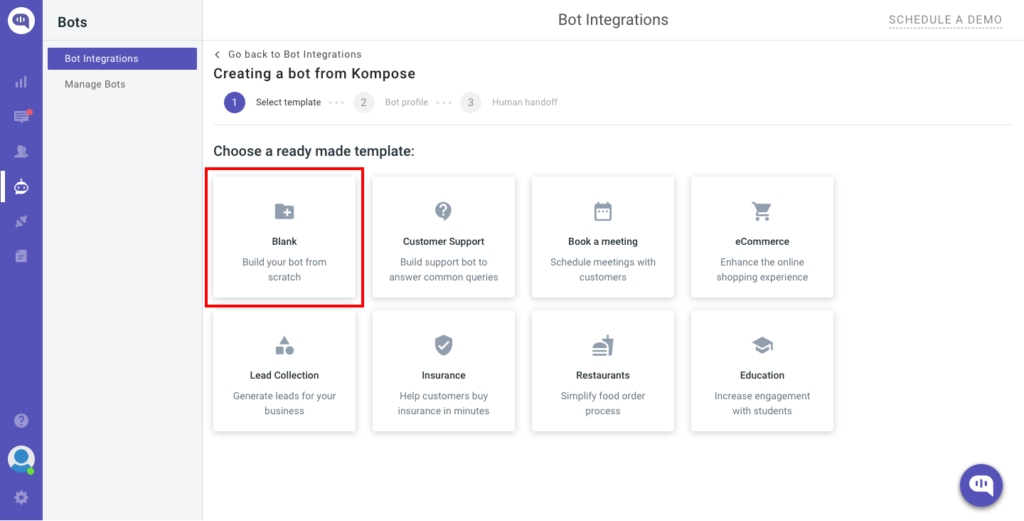
Handling Real-time Data Integration
Real-time data integration is crucial for AI chatbot builders to ensure that their chatbots are always up-to-date and able to provide accurate and personalized responses to users. Chatbot builders need to integrate data from various sources in order to gather relevant information and deliver it to users in real-time.
Data Sources
AI chatbot builders can source data from a variety of sources, including databases, APIs, web services, and even IoT devices. These data sources provide valuable information that can be used to enhance the chatbot’s knowledge and improve its responses to user queries. It is important for chatbot builders to identify the most relevant and reliable data sources to ensure the accuracy and relevance of the information provided by the chatbot.
Data Integration Approaches
There are two main approaches to real-time data integration: automatic updates and manual updates.
Automatic Updates
Automatic updates involve setting up processes and mechanisms that enable the chatbot to continuously receive and integrate new data in real-time. This can be achieved through the use of webhooks or websockets, which allow the chatbot to receive real-time updates from external systems or services. By implementing automatic updates, chatbot builders can ensure that their chatbots are always up-to-date and capable of providing the most accurate and relevant responses to users.
Manual Updates
Manual updates involve a more hands-on approach, where chatbot builders manually update the chatbot’s data sources at regular intervals. This can involve manually collecting and integrating new data from various sources and updating the chatbot’s knowledge base accordingly. While this approach may require more effort and resources, it allows chatbot builders to have more control over the data integration process and ensures that the chatbot is always using the most accurate and reliable information.
Ensuring Data Accuracy
Data accuracy is of utmost importance in AI chatbot builders as it directly impacts the quality of responses provided by the chatbot. To ensure data accuracy, chatbot builders need to implement data validation and verification processes and have robust error handling and correction mechanisms in place.
Data Validation and Verification
Data validation involves checking the accuracy and integrity of the data received from various sources. This can be done through the use of data validation rules or algorithms that analyze the data and identify any inconsistencies or errors. Chatbot builders need to implement robust data validation and verification processes to ensure that only accurate and reliable data is used by the chatbot.
Error Handling and Correction
Even with thorough data validation processes in place, errors can still occur. Chatbot builders need to have effective error handling and correction mechanisms in place to address any errors or inconsistencies in the data. This can involve implementing error logging and tracking systems, as well as having processes in place to quickly identify and correct any errors. By promptly addressing data errors, chatbot builders can ensure that their chatbots provide accurate and reliable responses to user queries.
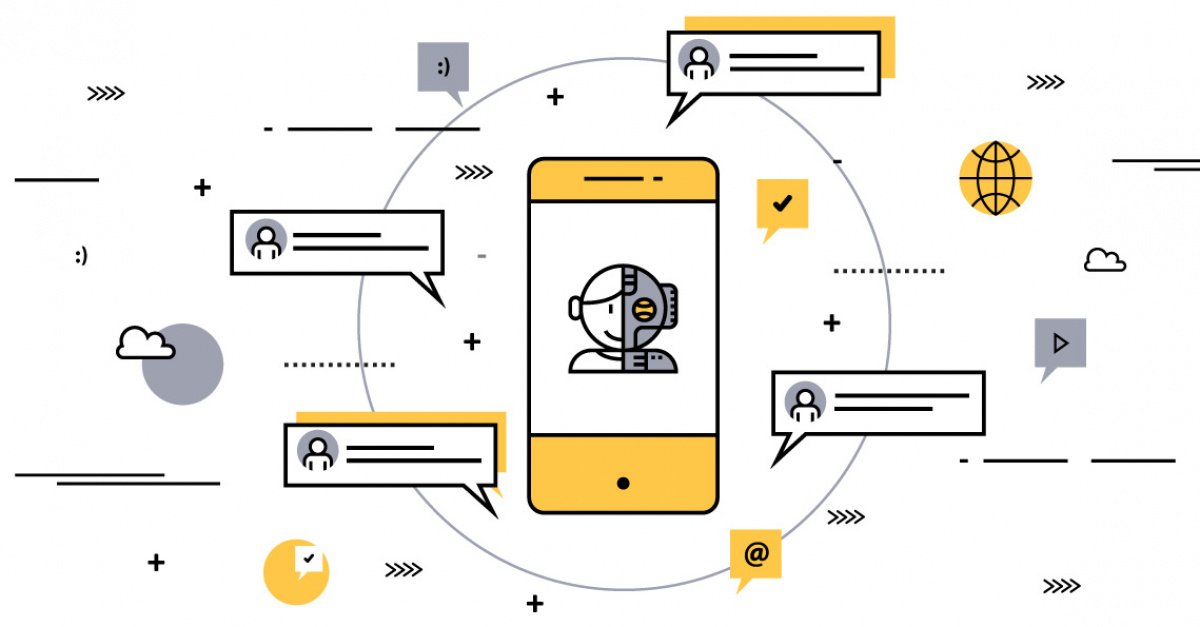
Data Security and Privacy
Data security and privacy are critical considerations for AI chatbot builders. They need to ensure that the data collected and processed by their chatbots is kept secure and in compliance with regulations.
Data Encryption
AI chatbot builders need to implement strong data encryption mechanisms to protect the data transmitted between the chatbot and external systems or services. This involves using encryption algorithms and protocols to secure the data and prevent unauthorized access.
Access Control
To ensure data security and privacy, chatbot builders need to implement robust access control mechanisms. This can involve implementing user authentication and authorization processes, as well as role-based access control to restrict access to sensitive data.
Compliance with Regulations
AI chatbot builders need to ensure that their chatbots comply with data protection and privacy regulations, such as the General Data Protection Regulation (GDPR) or the California Consumer Privacy Act (CCPA). This includes obtaining user consent for data collection and processing, as well as implementing mechanisms to handle user data requests, such as data deletion or rectification.
Optimizing Performance
Optimizing performance is crucial for AI chatbot builders to ensure that their chatbots are able to handle large volumes of data and provide real-time responses to user queries.
Data Caching
Data caching involves storing frequently accessed data in a cache to reduce the time needed to retrieve it from the original data source. By implementing data caching mechanisms, chatbot builders can significantly improve the performance of their chatbots, as they can quickly retrieve and deliver relevant data to users.
Hardware and Infrastructure Scaling
To handle large volumes of data and ensure optimal performance, chatbot builders need to consider scaling their hardware and infrastructure. This can involve increasing the processing power of servers, adding more storage capacity, or using load balancers to distribute the workload across multiple servers.
Performance Monitoring
Chatbot builders need to continuously monitor the performance of their chatbots to identify any bottlenecks or areas for improvement. This can involve tracking response times, monitoring server resources, and analyzing performance metrics to ensure that the chatbot is functioning optimally.
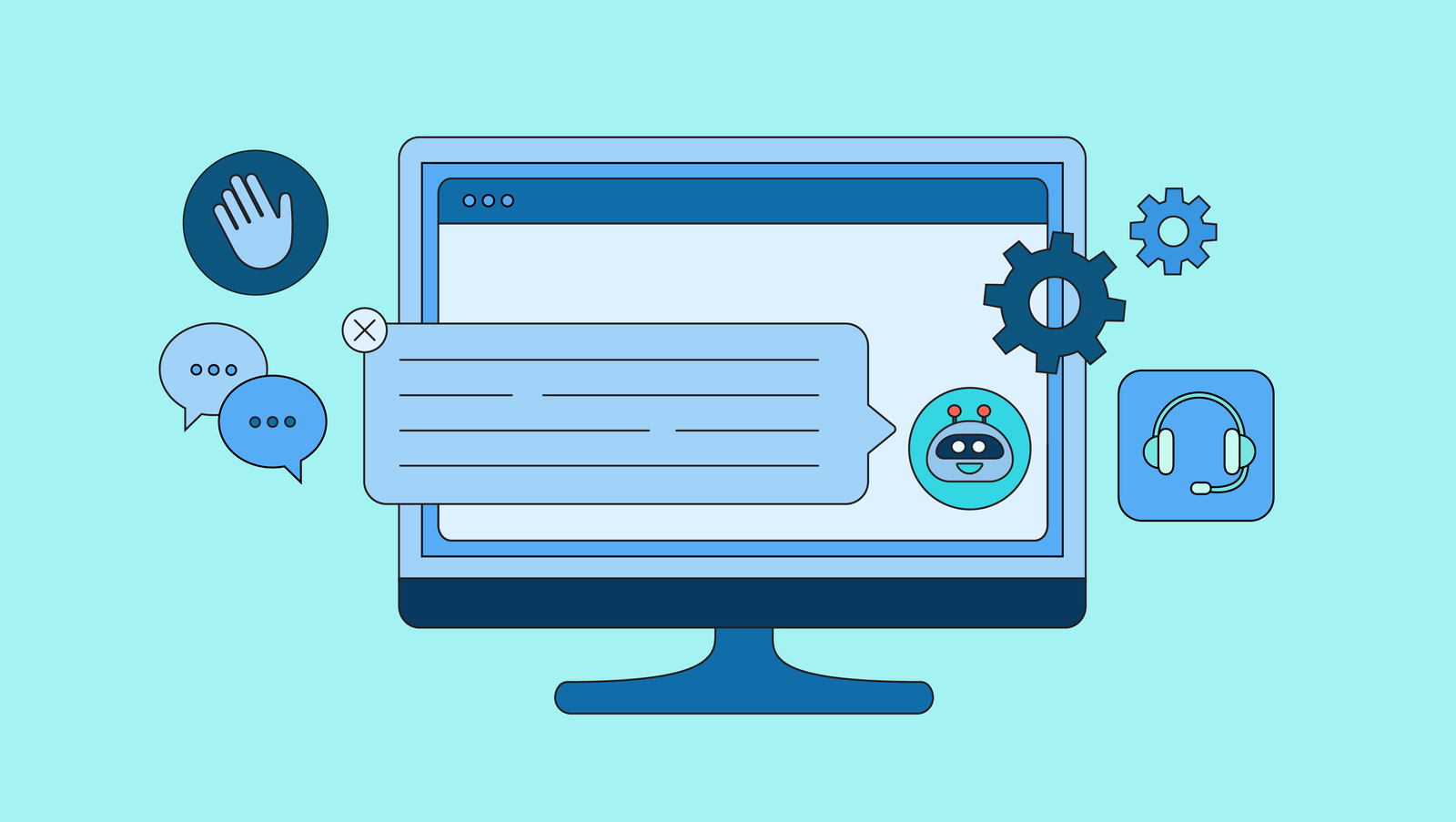
Integrating with Third-party Services
AI chatbot builders often need to integrate with third-party services to enhance the functionality and capabilities of their chatbots. This can involve integrating with APIs, webhooks, or implementing data synchronization processes.
API Integration
API integration allows chatbot builders to leverage the functionality and data of external systems or services. By integrating with APIs, chatbot builders can access a wide range of functionalities, such as natural language processing or machine learning algorithms, to improve the accuracy and effectiveness of their chatbots.
Webhooks and Websockets
Webhooks and websockets enable real-time communication between the chatbot and external systems or services. By implementing webhooks or websockets, chatbot builders can receive real-time updates or notifications from external systems, allowing them to provide more accurate and timely responses to user queries.
Data Synchronization
Data synchronization involves keeping data consistent and up-to-date across multiple systems or services. Chatbot builders may need to implement data synchronization processes to ensure that the data used by their chatbots is always in sync with the data in external systems, such as databases or CRM systems.
Handling Real-time User Requests
AI chatbot builders need to handle real-time user requests efficiently to provide timely and accurate responses.
Request Parsing
Request parsing involves analyzing and understanding user queries to extract relevant information. Chatbot builders need to implement robust natural language processing algorithms to parse user requests effectively and extract the intent and entities required to generate a suitable response.
Data Retrieval
Once the user request has been parsed, chatbot builders need to retrieve the relevant data from the various data sources. This can involve querying databases, accessing APIs, or retrieving real-time data from external systems.
Updating Chatbot Responses
Based on the retrieved data and the intent of the user request, chatbot builders need to update the chatbot’s responses accordingly. This can involve generating dynamic responses that provide accurate and personalized information to users.
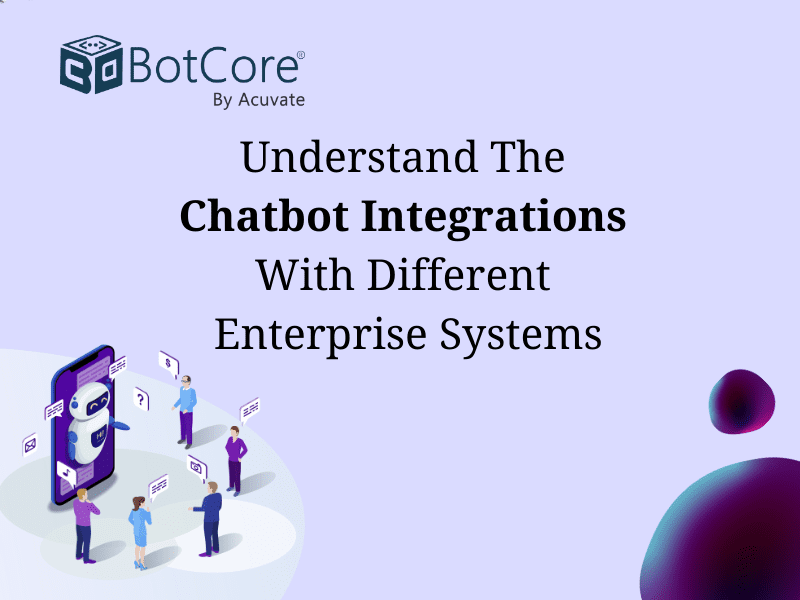
Handling Real-time External Events
In addition to handling real-time user requests, AI chatbot builders also need to handle real-time external events, such as system notifications or alerts.
Event Detection and Monitoring
Chatbot builders need to implement event detection and monitoring mechanisms to detect and respond to real-time external events. This can involve setting up event triggers or monitoring systems that can identify when certain events occur.
Triggering Actions
Once an external event has been detected, chatbot builders need to define and trigger the appropriate actions. This can involve generating notifications or alerts to users, updating the chatbot’s responses based on the event, or even initiating specific actions within external systems.
Alerts and Notifications
To keep users informed about real-time external events, chatbot builders need to implement alert and notification mechanisms. This can involve sending push notifications, emails, or even messages through messaging platforms to notify users about relevant events or updates.
Scaling for Large Volumes of Data
As chatbots handle large volumes of data, AI chatbot builders need to consider scaling their systems to ensure optimal performance and reliability.
Big Data Processing
AI chatbot builders need to implement big data processing mechanisms to handle and analyze large volumes of data. This can involve using distributed computing systems, such as Apache Hadoop or Spark, to process and analyze data in parallel.
Horizontal and Vertical Scaling
To handle increased data volumes and user traffic, chatbot builders may need to scale their systems horizontally – by adding more servers or resources – or vertically – by upgrading existing servers or resources. By effectively scaling their systems, chatbot builders can ensure that their chatbots can handle increased data volumes and user demands.
Load Balancing
Load balancing involves distributing the workload across multiple servers or resources to ensure optimal performance and prevent overloading. Chatbot builders need to implement load balancing mechanisms to evenly distribute the data processing and user requests across their systems, ensuring that no single server or resource is overwhelmed.

Future Developments and Trends
AI chatbot builders need to continuously adapt and evolve to keep up with future developments and trends in the field of AI and chatbot technology.
Machine Learning Integration
Integrating machine learning algorithms and models into AI chatbots can significantly enhance their capabilities. By leveraging machine learning, chatbot builders can improve the accuracy of natural language understanding, provide more personalized responses, and even enable chatbots to learn and improve over time.
Natural Language Processing Advancements
Advancements in natural language processing (NLP) techniques continue to drive improvements in chatbot technology. AI chatbot builders need to stay updated with the latest advancements in NLP to ensure that their chatbots can effectively understand and respond to user queries.
Real-time Predictive Analytics
Real-time predictive analytics can enable chatbots to anticipate user needs and provide proactive recommendations or solutions. By analyzing real-time data and applying predictive algorithms, AI chatbot builders can empower their chatbots to be more proactive and valuable to users.
In conclusion, AI chatbot builders face various challenges when it comes to handling real-time data integration, updates, data accuracy, security, performance optimization, integration with third-party services, handling real-time user requests and external events, scaling for large data volumes, and keeping up with future developments and trends. By implementing the strategies and approaches discussed in this article, chatbot builders can ensure that their chatbots are equipped to handle real-time data and provide accurate, timely, and personalized responses to users.
